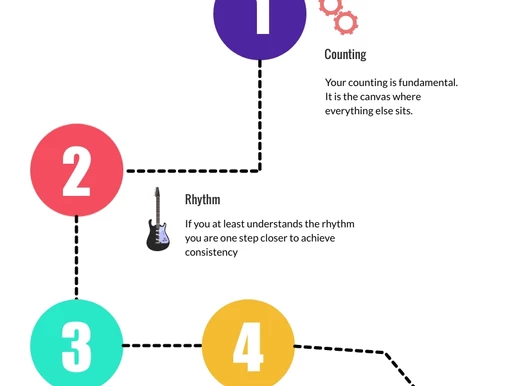Piano Lessons, Uncategorized
How to be a better Sight-reader
Being a good sight-reader allows us to avoid many problems.
How to sight read piano
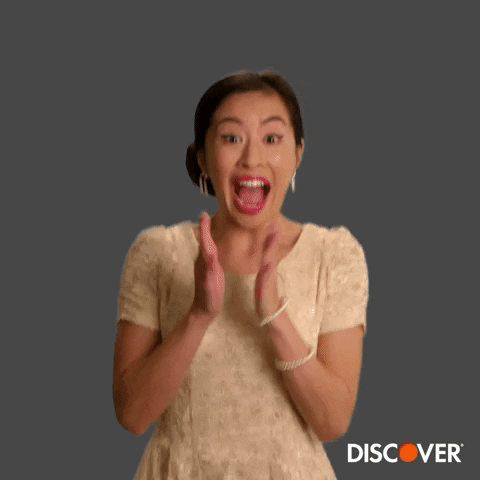
It happens to all musicians at some point.
We struggle to decode that new piece that we always wanted to play.
Perhaps our technical skills are enough and we are totally able to play music.
But the reading process is a pain and we lose many hours here and there with the ledger lines, the accidentals, and the rhythm.
We also lose energy and motivation.
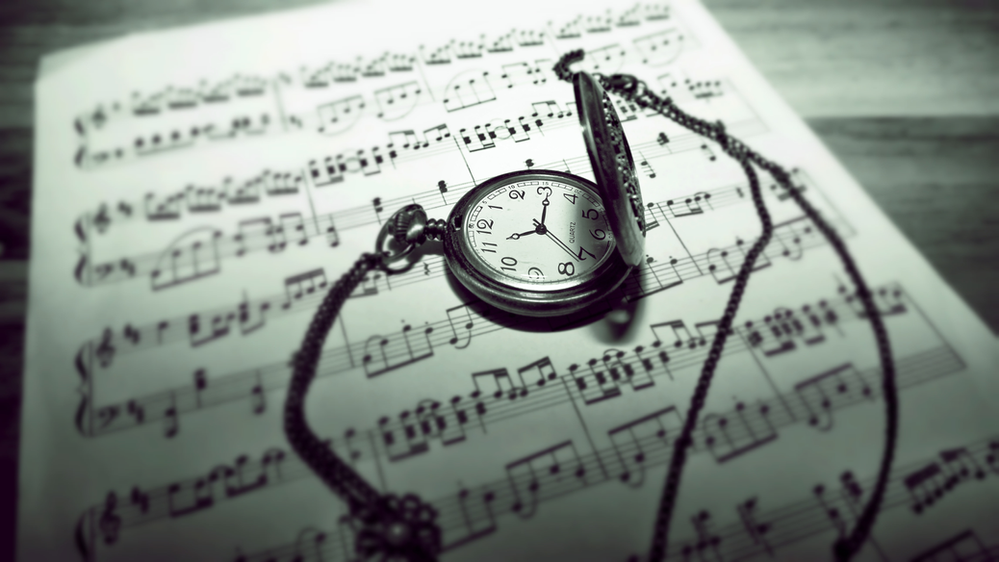
How to sight read for beginners: In order to nail the notes under your fingers faster, the first step is organization.
There isn’t any worst mistake than sitting at the piano, opening the book, and trying to play without stopping to think about a strategy first. This is something quite wrong especially when we just started to learn how to read music.
Several tasks should be done before arriving at this stage. So here some guidelines to be a better sight reader
Analytic Listening
If we have the possibility, listening to the piece a couple of times while we look at the score. This will help us in the next step in learning how to sight read piano as beginners.
Some structural marks may be added in order to know better the sections we will play. This is great advice for beginners on reading music notes, but it’s just as good for an experienced performer. Note that sometimes we can’t do this step -for instance, when we sight-read in an exam, or in a rehearsal-. If you are preparing a piano solo piece by yourself, you should always start from here.
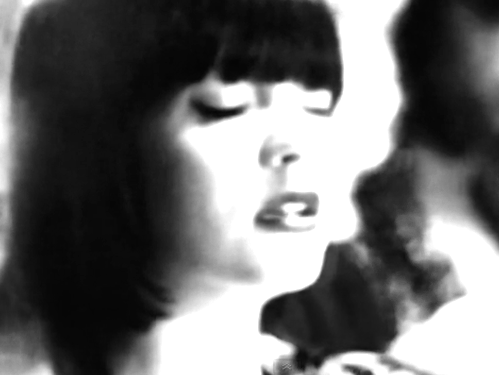
Overall Check
This is the most important step when we sight-read. We need to focus on analyzing what we have in the score in order to recognize changes, structure, patterns, so they don’t catch us by surprise when we are playing.
When I do this for myself, I follow a checklist to be sure everything is controlled.
1- First and foremost we need to check the key
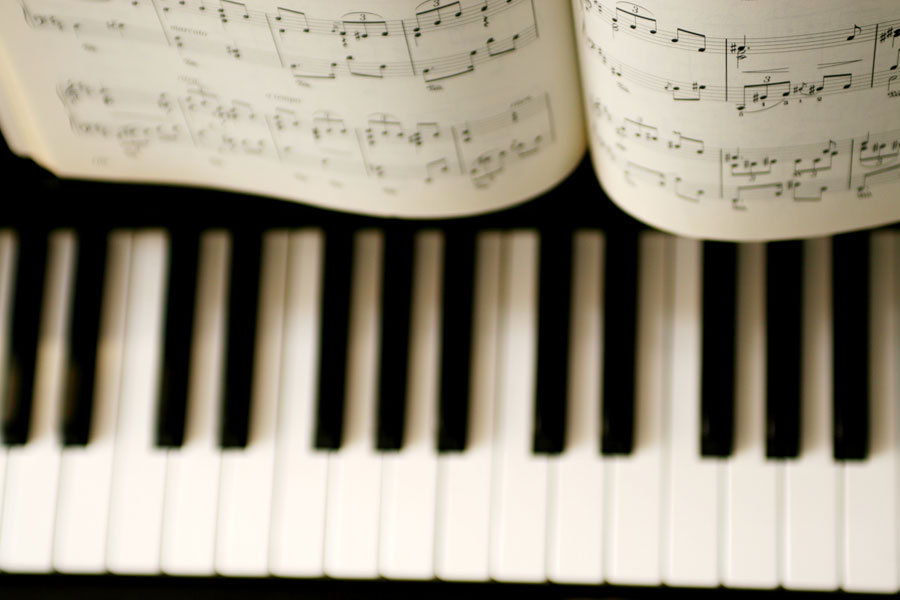
Identifying the piano key signature is a must on reading piano sheet music for beginners.
That key signature can work for two different keys, so, checking the last chord will determine which one is it.
If you started recently playing the piano, and you are not super fluent with the accidentals, play the scale a couple of times to get used to the main notes you will use.
Also, besides other piano sight reading exercises, a good exercise is to distinguish the main chords of the key like the root, dominant and subdominant chords. If we have a key change through the piece, we should notice it and mark it down.
2- Time Sgnature
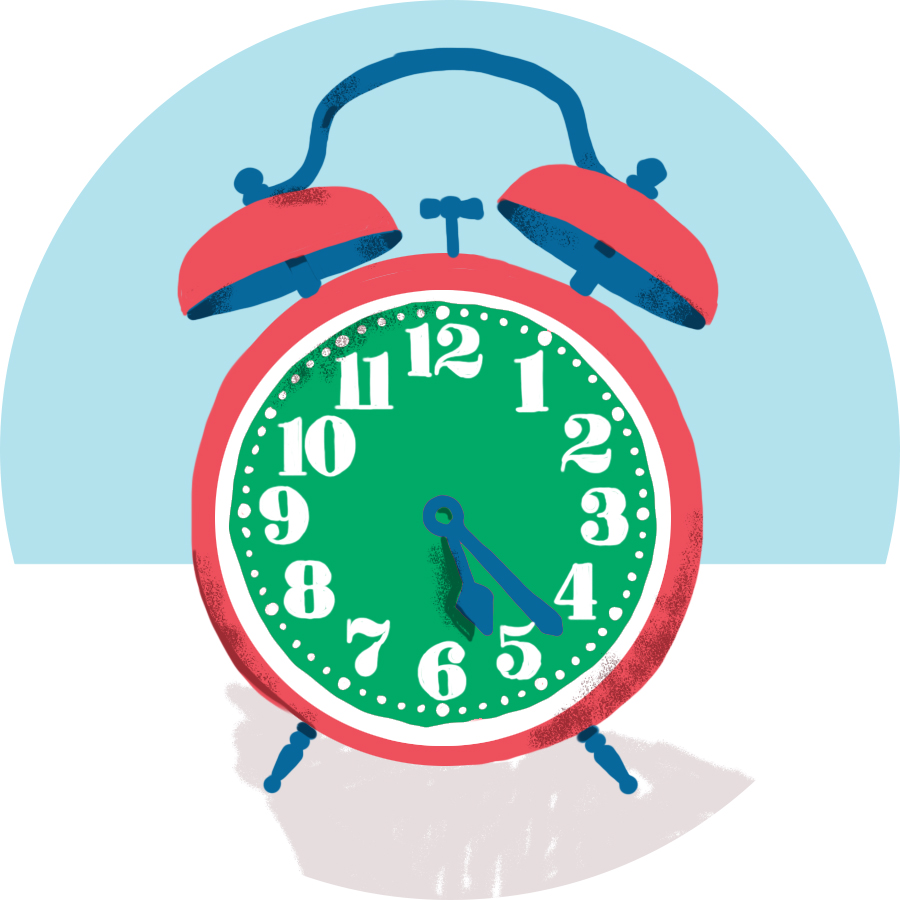
We need to know what are we going to count, and how many of them per bar.
3- Rhythm Patterns
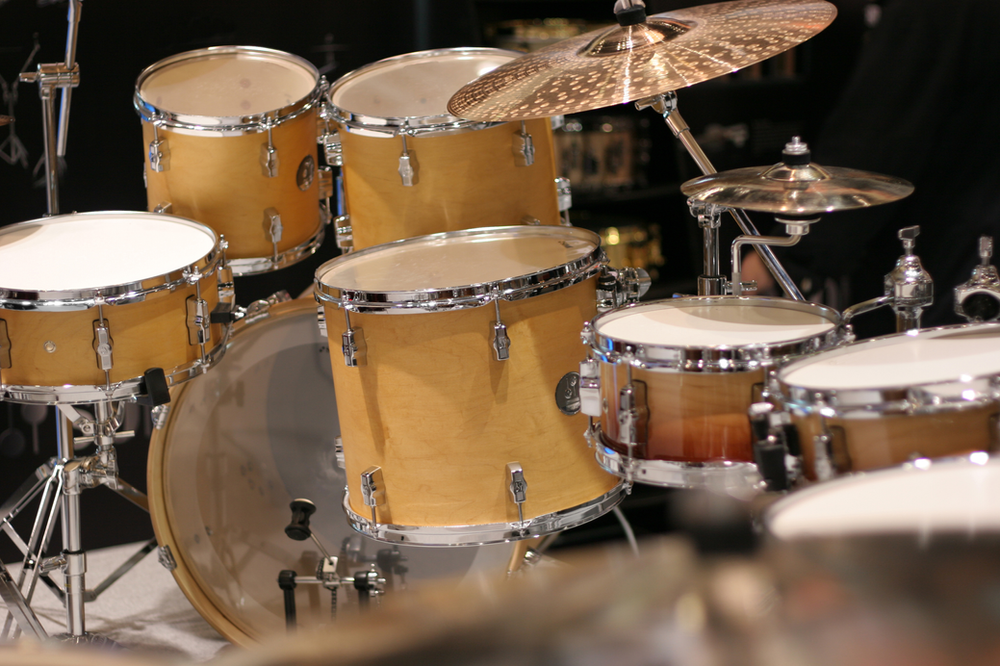
In many genders (for instance, classical) the music is very formulaic and it’s built with just a couple of resources.
Then, the composer applies different variations to these resources to make the music interesting.
It’s very important so, to identify which ones are the main rhythm particles that will appear repeated one time after another and will be the alive engine of the work.
Once you have found these rhythm particles, clap or tap them.
4- Articulations
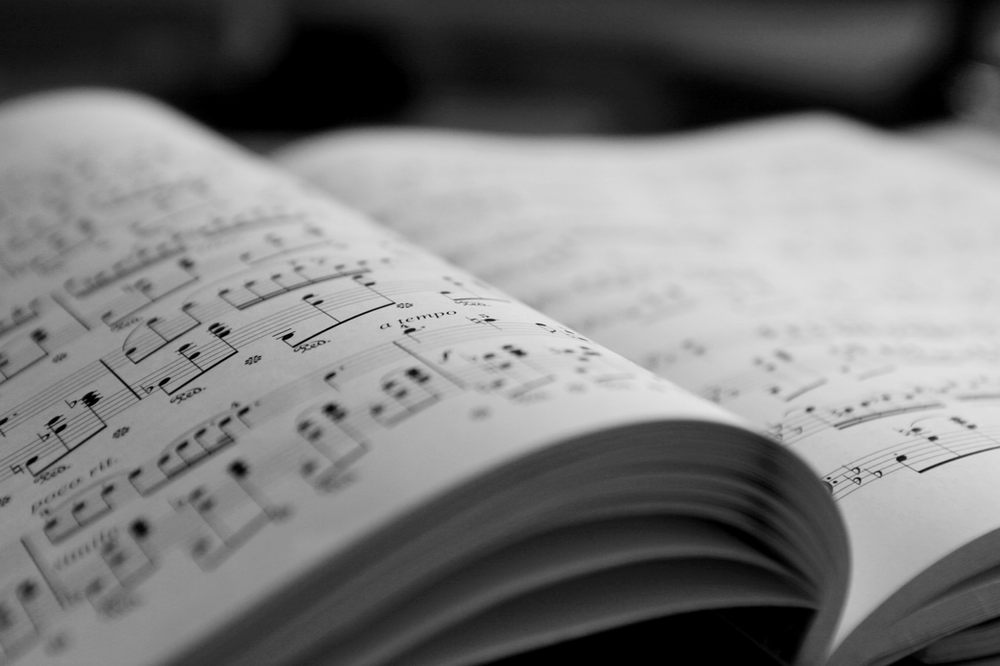
Nothing gives to the music its character more than the articulation.
The pitch properly played without the indicated articulation is useless.
We need to identify all the different assets like slurs, staccato, tenuto, accent, staccato-legato, and everything that show us how to play each note.
Pay special attention when you have composed articulations -for instance, three slurred notes, one staccato, two legato, and another staccato.
The combinations of diverse articulations demand a lot of attention and are something difficult to sight-read.
5- Accidentals
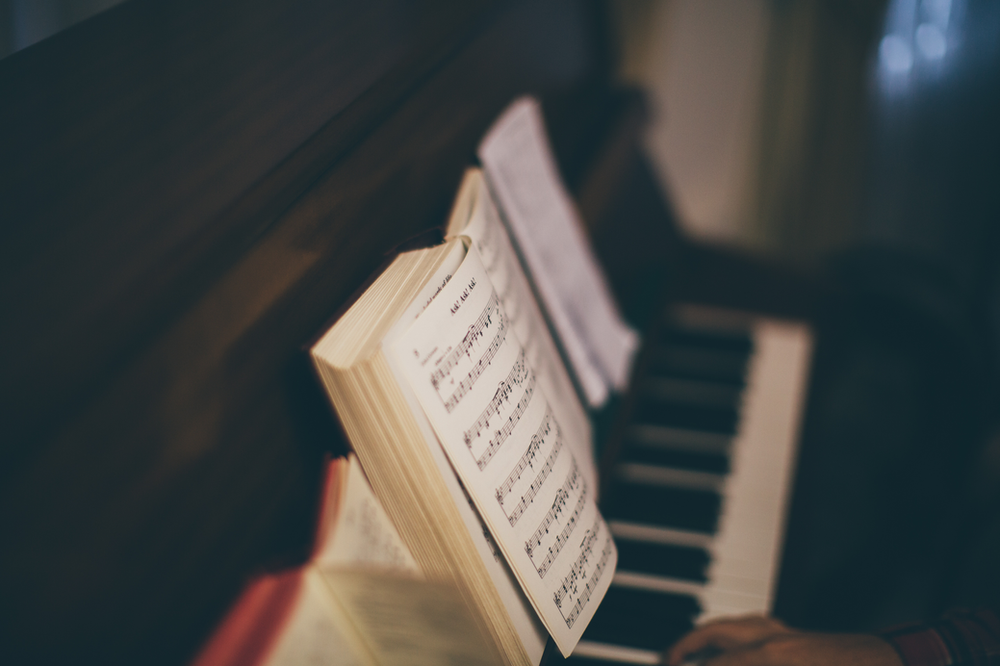
Besides the key signature, check if you have additional accidentals you should be aware of.
If you are in a minor mode, the seventh grade raised will appear more than once.
Stay aware of this mater.
6- Phrasing
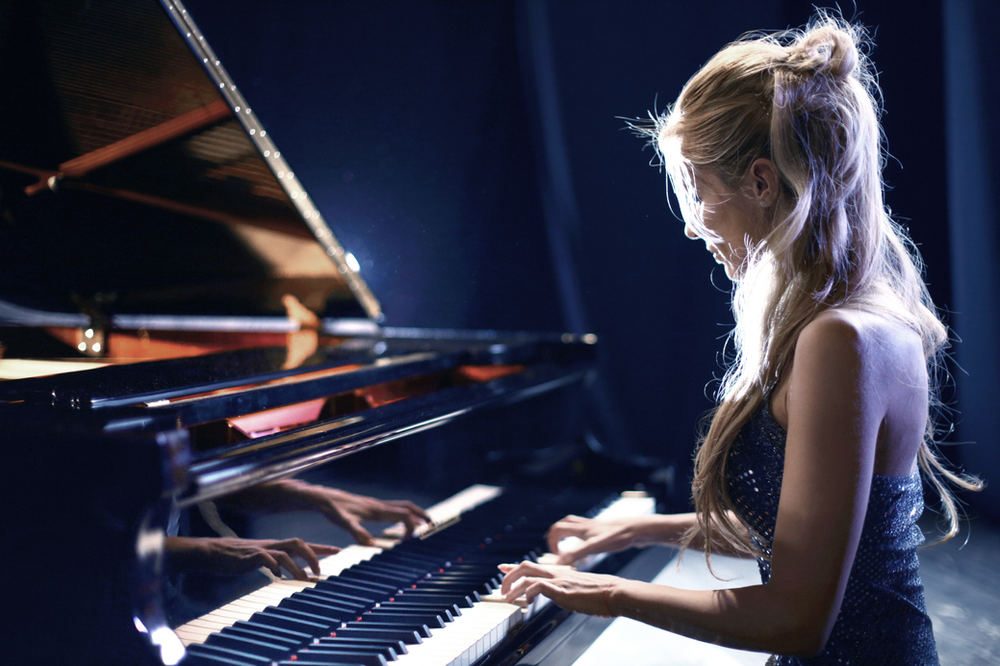
Check which ones are the main melodies and try to play them without hesitation and with confidence.
7- Shifts
In which position should our hands start and why?
If we have some given fingering, it’s always a good idea to follow it.
Then we need to determine in which places we will move our hands into a new position.
Something that may sound a bit basic but always good to remember is, as we have, for instance, an ascending pattern of semiquavers in the right hand, the best idea is to catch it with the thumb.
If we have an ascending passage in the left hand, we will start with the pinky.
In this manner, we will never run out of fingers.
If we have to play a piece in which we have many scales and arpeggios, probably, we will have no time to learn the fingering in the quick view, so a good idea is to play using the thumb every four notes as maximum, saving it for playing white keys, to avoid interrupting the melody and to skip things as repeating fingers and rough shifts.
8- Structure
You should look at the score and ask yourself the next questions:
How the sections of this piece work?
Do we have any section that appears repeated?
Are there all the same? How we connect them?
When the theme appears back again?
In most of the cases, you will find structures like A B A, for instance, always coming back to the theme at last.
But many variations may be found, like A A’ B B’. All will depend on the length and complexity of the music.
As we play pieces more demanding in level and extension we will also find standard structures, like Sonata or Rondo.
The Sonata form mainly appears like A B C A B’, and the Rondo may work as A B A C A or A B A C A B A.
It’s our task to determine the sections and to understand how they are organized.
Thereafter, each time we find a repetition, we will be more comfortable reading and we will try to play it, when necessary, in the same fashion.
9- In addition, check the loaded sections.
If you have a passage with four-note chords, check a bit how the chord sounds like, or how is the composition of these chords. It’s very difficult to read many notes when they are grouped together.
10- And then, Check the whole piece.
If you make an overall view that involves only the first two staves, you will be playing a bit blindly the rest of the piece. Make the quick view analysis through the work in its entirety.
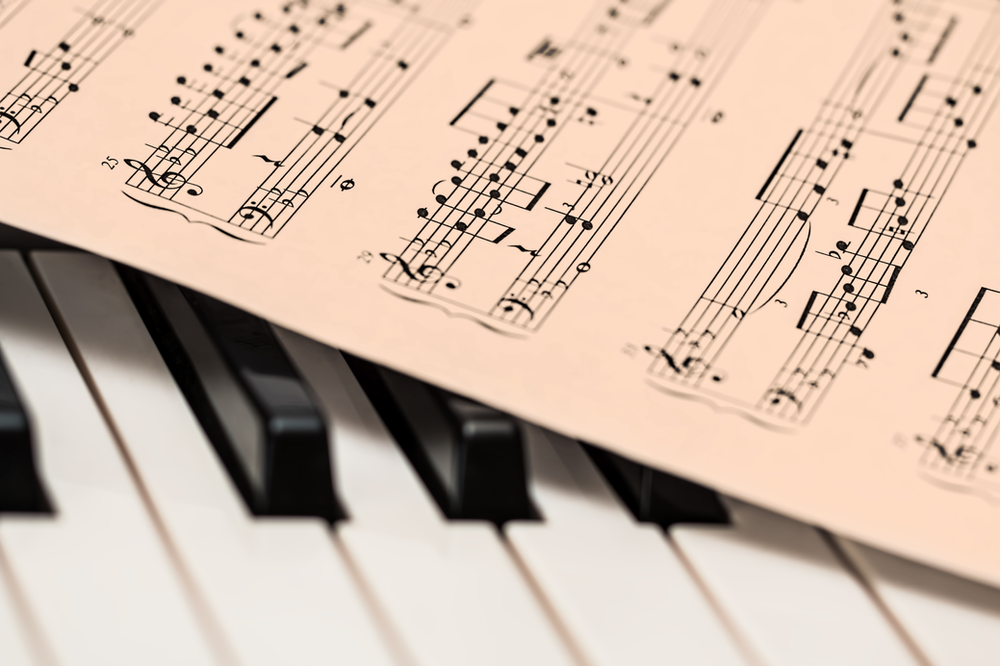
Once the previous overall check is done, We can finally start reading
Settle your hands in the initial position, pick a tempo, start counting, take a deep breath, and start.
As you play one note, your eyes should be in the next one or in the next group of notes.
Reading both hands at the same time is difficult but it’s a skill that you are supposed to train.
Picking a slow tempo is wise, as we will not have time to read ahead if we are playing super fast.
Of course, when you sight-read it will not be perfect.
You will miss and fail notes.
So, it’s important to notice some things: Don’t come back. If you have missed a note, it’s done. Don’t try to fix it, continue with the next one.
If you are not able to play all the notes in a moment, pick which one you are going to play, prioritizing the melody and then the bass.
Don’t look to the keyboard at all, keep your eyes on the score.
Something essential to develop is how to know where you are in the keyboard using your fingers and the sense of touch.
Looking at your hands is something that you need to avoid.
If you do so, it’s very difficult to bring your eyes back to the position without mistakes or making undesired pauses, or even missing some notes.
Prioritize wisely!
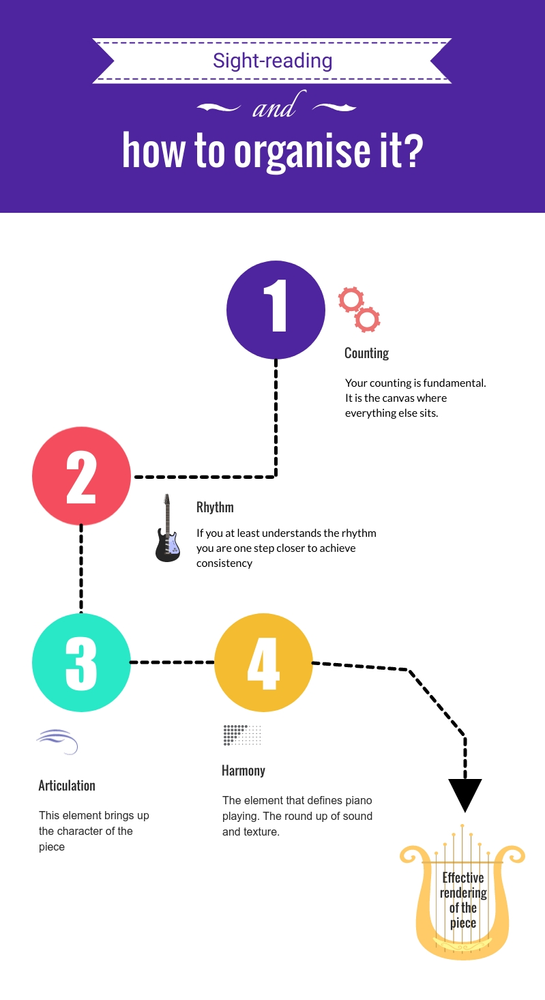
When you sight-read you must follow the next order of importance:
a/ Count.
This cannot fail. Your pulse should be steady and firm. Don’t panic if you lose it and try to come back. Personally, I’m not a big fan of marking the beat with my head or my foot. The count shall be accurate inside your mind, without the need for marking it in additional manners. If the count is not clear in your mind, nothing else will help you.
b/ Rhythm.
This is the main characteristic of the music. A different note with the appropriate rhythm works much better than the accurate note with no rhythm or waiting a lot as you play one by one. Try to give motion to the music, otherwise, it’ll just sound like a pitch exercise.
c/ Articulation.
This creates the mood and general attitude of the music and as I’ve mentioned earlier, it’s the main characteristic to respect.
Note. Remember all the accidentals given in the key signature. Prioritise main melodies and root notes in the left hand. Sometimes you will identify easily the notes and some other times you will move from one to the other by checking the relation between them.
Keep in mind the general rules of notation to achieve this task: there are two slots in the staff (lines and spaces).
d/ Harmony.
The most complex and difficult layer. As you play (and read) more and more pieces, eventually you will be able to understand better how the grades of the scale work, and how the chords are built.
When you are comfortable with that, rather than reading the notes of a chord one by one, you will be able to classify it and play it as a block.
Play until the end of the piece!
No matter all the notes you have missed, how many you have failed, and how wrong some sections are. Sight-reading implies you will not play perfectly.
Get a general view of the piece by playing until the end and then go again, from top to bottom, and you will play more items and with more confidence.
Later you can start working sections and passages in an individual manner.
Sight-reading is not an easy task and demands a lot of training. You will only master it if you exercise hard every day. Pay a lot of attention to the score analysis before starting to read (that is as important as being able to read the notes quickly) and endure the mistakes, you’ll play it better next time.
Sight-reading is not satisfactory every time, but it’s a must in order to achieve great musicianship: if you can read easily, you can play more and more music faster.
Below an addition by Gisela Paterno, director of WKMT Kensington
Sight-reading for Advanced Students
For Grade 6 +, there are much more challenges presented for the exam. This level would correspond to “real life” sight-readers, such as accompanists for choir, soloists, singers, etc.
Besides the well-known aspects already covered in Alvaro Sisti’s previous article “How to be a better sight-reader” you can find the link below:
https://www.piano-composer-teacher-london.co.uk/post/how-to-sight-read-piano
WHAT’S NEW IN ADVANCED SIGHT-READING
Changes of clefs are widespread within Grade 6+ sight-reading. Many times the exercises start with a treble clef at the beginning on the left hand, or vice-versa, a Bass Clef on the right hand. Be careful! The first clef is always standardised to be Treble for the right and Bass for the left hands, but you will see a small clef immediately following the latter. Many mistakes can be avoided if we pay attention from the beginning.
ANOTHER DIFFICULTY TO PAY ATTENTION
Crossing hands: this is something that may take you by surprise if you are not careful enough. The sign that appears can be either R.H. in the staff that corresponds to the left hand (usually accompanied by a change of clef to the Treble) or vice-versa; L.H. on the staff that corresponds to the right hand, as well accompanied generally by a change of clef to the Bass Clef.
Tempo changes: another complication you might encounter. The use of tempo changes from an Adagio to a Presto, or Poco piu mosso to an Allegretto are frequently used. You should consider studying by heart the performance directions in Italian to know precisely what they mean!
LASTLY…
Scary polyrhythms may cause havoc in our sight-reading. I recommend doing many rhythmical exercises to become confident with combinations such as 4 against 3, 2 against 3 or more complex rhythms such as 4 against 5 or 6 against 5.
IN CONCLUSION
The more we learn, the fewer surprises we will meet. Expect the unexpected, read lots of different music, different styles, learn your theory, this is paramount for a good sight-reader!
Are you a good sight-reader? Were you aware of the things I’ve indicated? Do you struggle with something not mentioned in the article?
Please let us know your thoughts in the comment section below at WKMT, we would be happy to hear from you and ANSWER YOU BACK. Thank you for reading!

